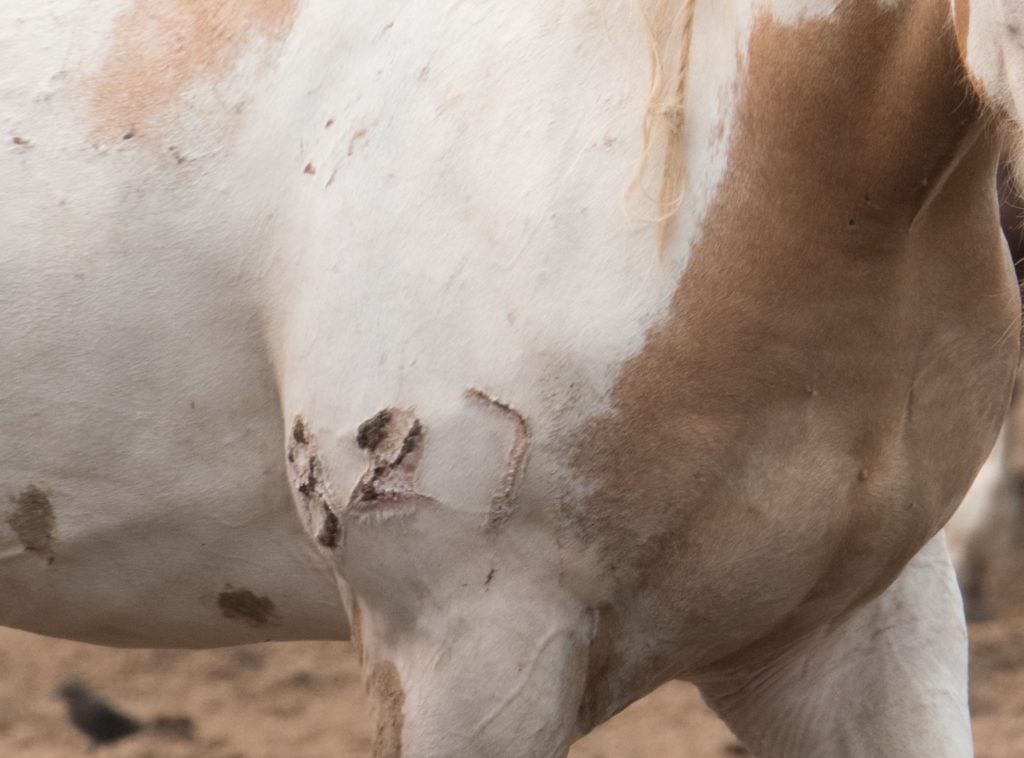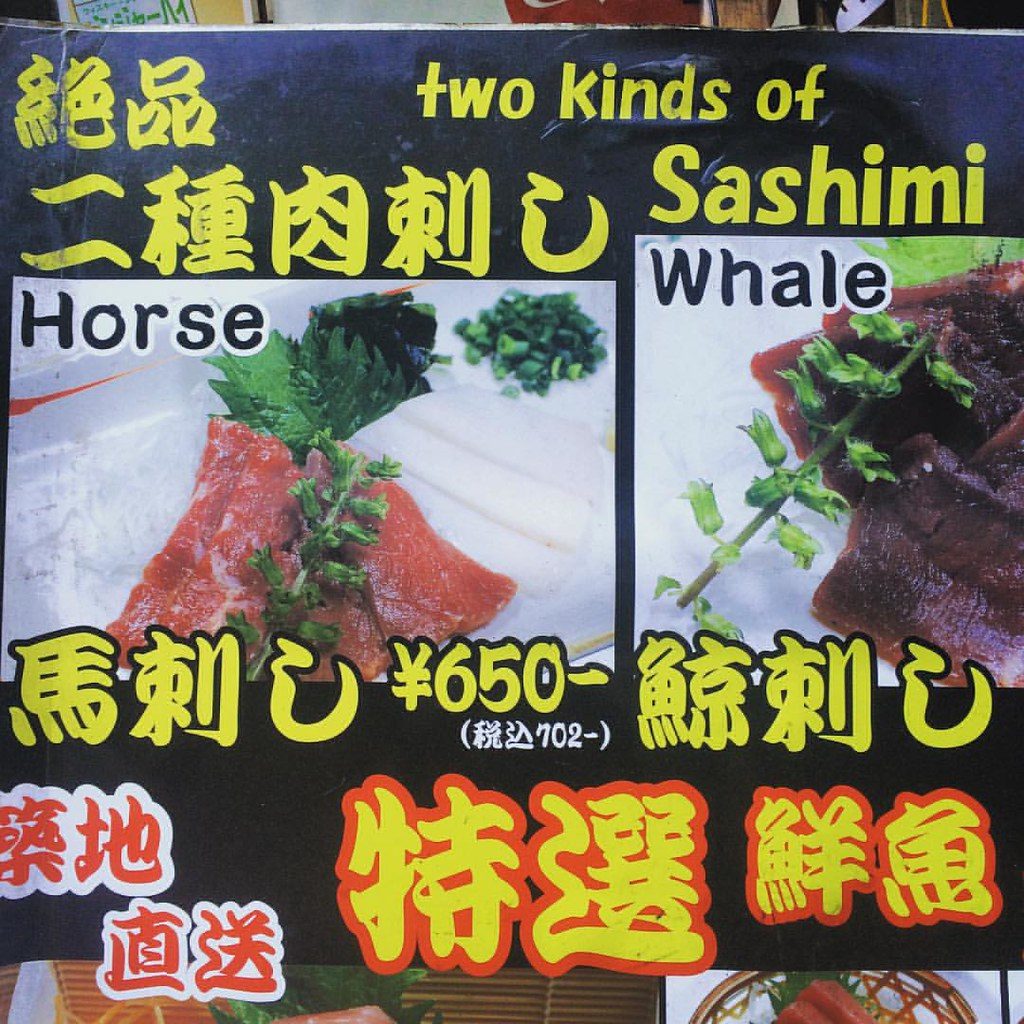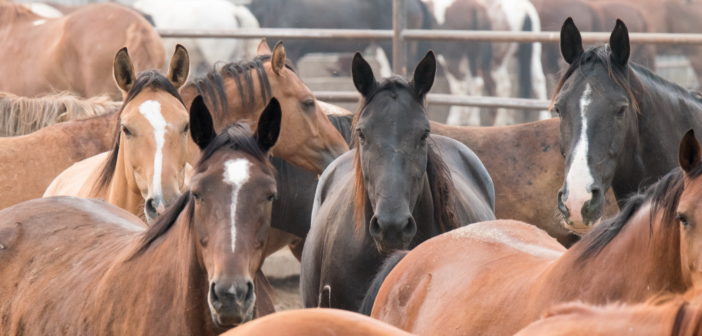Of all the predatory activities that human beings are capable of, the act of knowingly sending companion animals down the slaughter pipeline to be eaten, for the sake of profit, must be close to the top of the most reprehensible list.
The grim truth for horses in Canada is that none of them are completely safe from such predation. We have followed documented cases of family pets being stolen and sold for slaughter. The betrayal of these majestic animals, and those who have truly loved them, is of little concern to those involved in the shadowy world of marketing horses for the money that their flesh will bring.
Ironically, government, industry and even certain veterinary associations insist that horse slaughter is humane euthanasia. But make no mistake. The word “euthanasia” is defined in Greek as a “good death.” It is generally performed painlessly by a qualified veterinarian in order to relieve intractable suffering. Slaughter, on the other hand, often happens to horses in good condition who are living good lives, but who have had the misfortune to fall into the wrong hands. Feedlots gather these unfortunate animals. There, no farrier trims their overgrown hooves and no veterinarian prescribes antibiotics for their infected eyes and other treatable illnesses. Their foals may be born in cramped confinement and some will die in cold winter conditions with no shelter. Many feedlot horses are fed to the point of gross obesity.

According to revised regulations in Canada, horses can legally be transported for up to 28 hours without rest, water, or food, while unprotected from weather extremes in thin-walled metal trailers. They are often injured and sometimes the weakest animals are already dead by the time they reach their destination. At the slaughterhouse, the horses are herded into kill pens, where investigative evidence has typically shown no sign of food or water being available. We have seen video footage of horses being forced into the stun box, where they shake violently, falling, so frightened that they are unable to stand. Without proper restraint, they are stunned (often repeatedly) with a “captive bolt” pistol, which drives a four-inch spike into the skull. According to the Canadian Food Inspection Agency, Canadian horse slaughter plants eventually switched to a .22 rifle instead of the captive bolt pistol, but covert video has shown this method to be equally problematic, with multiple improper hits and prolonged suffering. Each method is intended to stun, not kill, the animal, in order that the bleeding-out process can be effective. Once down, the horses are caught by the hind leg and hoisted into the air, where they are dangled down a line to a worker who slits their throats and begins the dismemberment process.
Where do horses destined for slaughter come from? Since they are not traditional “food” animals, the vast majority of horses are not raised for slaughter. They are often bought at auction, where they have arrived from a variety of directions – family farms, trail riding outfits, the racing industry, rodeos, and breeding farms seeking to offload stock they could not sell. Numerous licensed horse dealers, known as “kill buyers,” act as middlemen for slaughterhouses and attend these auctions. Up to 50% of horses slaughtered in Canada have been imported from the United States, where the remaining equine slaughter plants closed their doors in 2007.
Horse slaughter in Canada exists mainly for the purpose of providing horsemeat for foreign markets, with a much smaller quantity sold in Quebec. Europeans and Asians who consume horseflesh consider it a delicacy and are willing to pay a high price for the product.
In 2017, Canada slaughtered 33,494 horses. By mid-2018, the government had denied access to actual slaughter statistics, but we estimate that approximately 31,000 were slaughtered that year. There are two equine slaughter plants in Canada that are currently in business – one each in Alberta and Quebec. They are owned by the same family, so for the stated reason of “consolidation,” the government will not release annual horse slaughter statistics.

Canada also exports live, purpose-bred draft horses to Japan and South Korea for slaughter. In 2019, 2800 horses were shipped overseas in flimsy wooden crates as air cargo. Numerous horses have died or have been injured in air transport over the years. Further, all control over feedlot maintenance and slaughter methods is lost when the horses are off Canadian soil, and they are then at the mercy of animal management and abattoir practices in those countries.
In 2018, the Canadian Horse Defence Coalition (CHDC) launched a lawsuit against the Canadian Food Inspection Agency for violating its own regulations concerning segregation and headroom when horses are forced, as many as four together, into the shipping crates. CHDC lost the first round in federal court, but subsequently filed an appeal (date pending). The issue of shipping live horses for slaughter is gaining notoriety, recently attracting the attention of singer-songwriter Jann Arden, who has now led two protests at Calgary Airport and vows to stay involved.
Many Canadians believe that horse slaughter, as well as their export to slaughter, must be abolished on humane grounds. A June 2019 Nanos poll revealed that almost 7 out of 10 Canadian citizens do not support horse slaughter for human consumption. Since most horses have not been raised as food animals, and often enter the slaughter pipeline from points unknown, it is impossible to know what drugs have been administered to them during the course of their lives. Companion and sport horses are frequently administered anti-inflammatory medications such as phenylbutazone, which has no determined withdrawal period and could cause potentially serious harm to humans when ingested.
We are often asked the question, “If horse slaughter were to be abolished, what would happen to all of the unwanted horses?” If Canada were to ban the import and export of horses for slaughter, automatically thousands of horses would no longer enter the slaughter pipeline from the U.S. The remaining horses could be sold, adopted out, given to the growing numbers of rescue centers across Canada, retained by their owners, or (as a last resort) humanely euthanized by veterinarians.
Perhaps the most important point of all is the fact that the slaughter option would no longer exist, so farms would be forced to breed horses more selectively. Irresponsible “backyard” breeding would be less likely to occur. With fewer horses on the market, more would find the good homes that they deserve.
Featured image: horses in an Alberta feedlot in 2018. Image via CHDC.






2 Comments
Ohh you really dont want me to comment….
A lot of the problem is the racing industry !and people that just keep breeding because they don’t like the look of what they got.It’s sad that the horse racing people don’t have stricter rules or penalties on these people that breed a ton of horses which don’t even get to the track for various reasons are creating a huge problem.